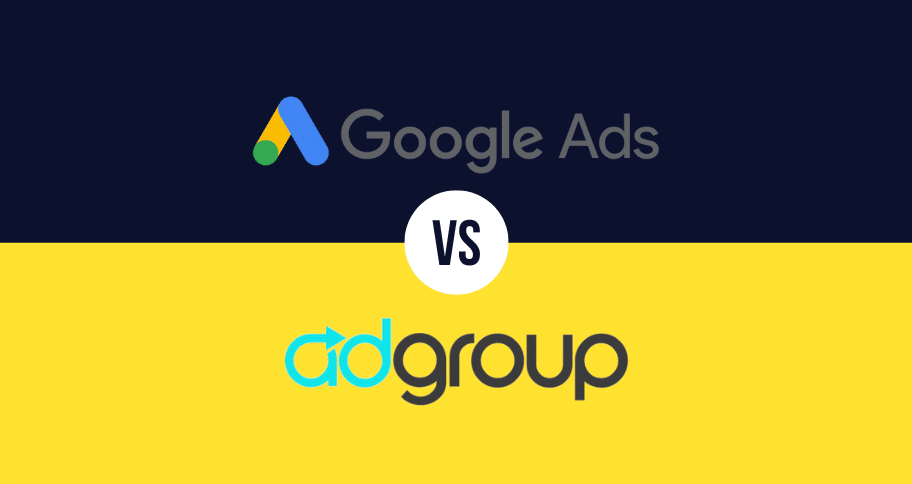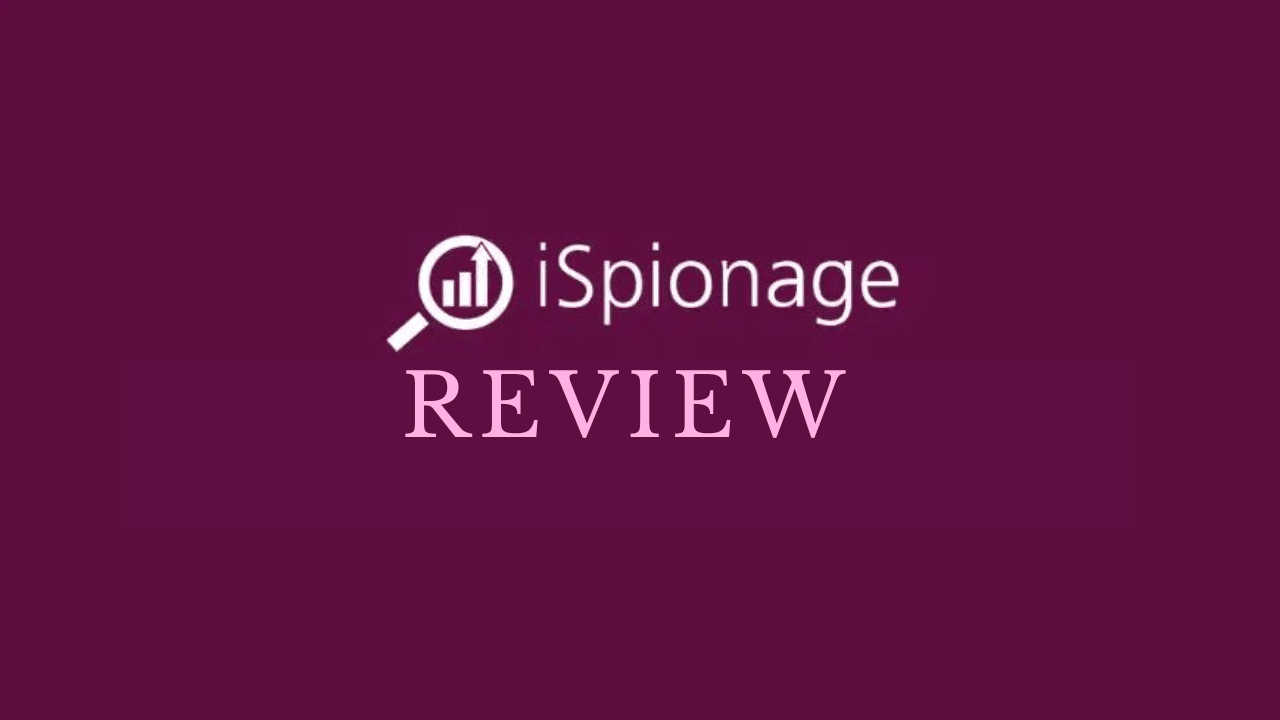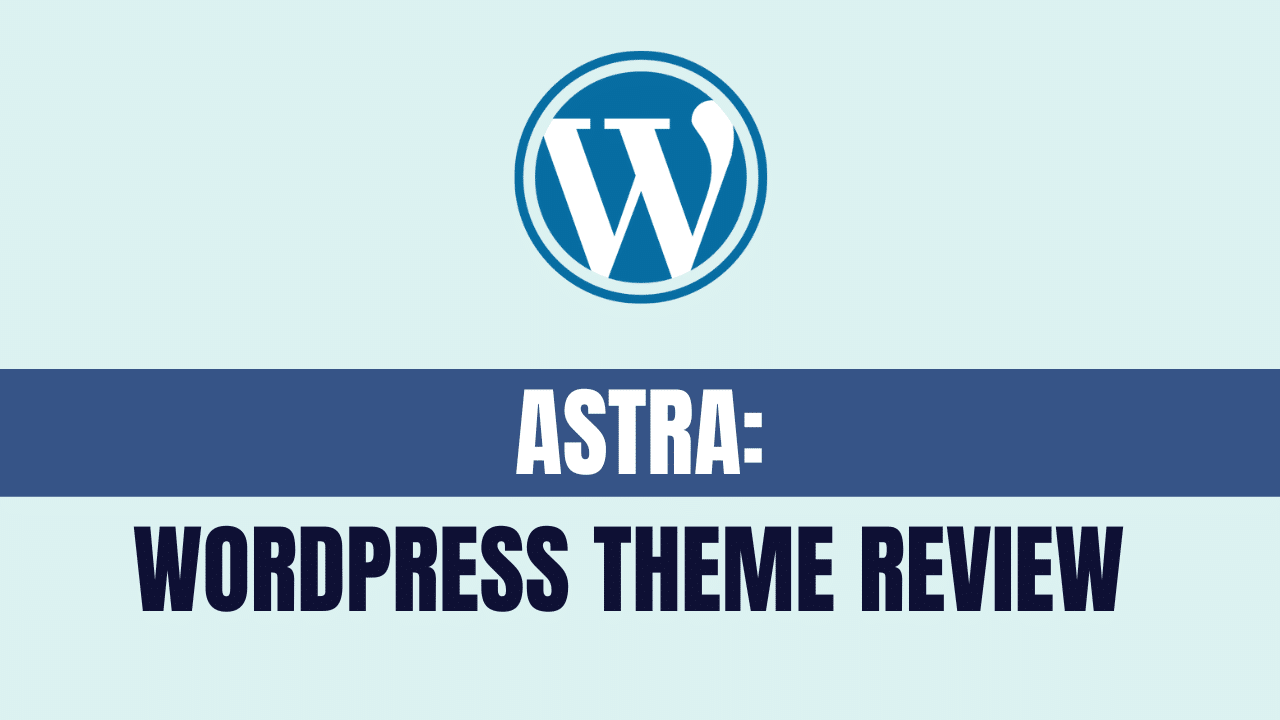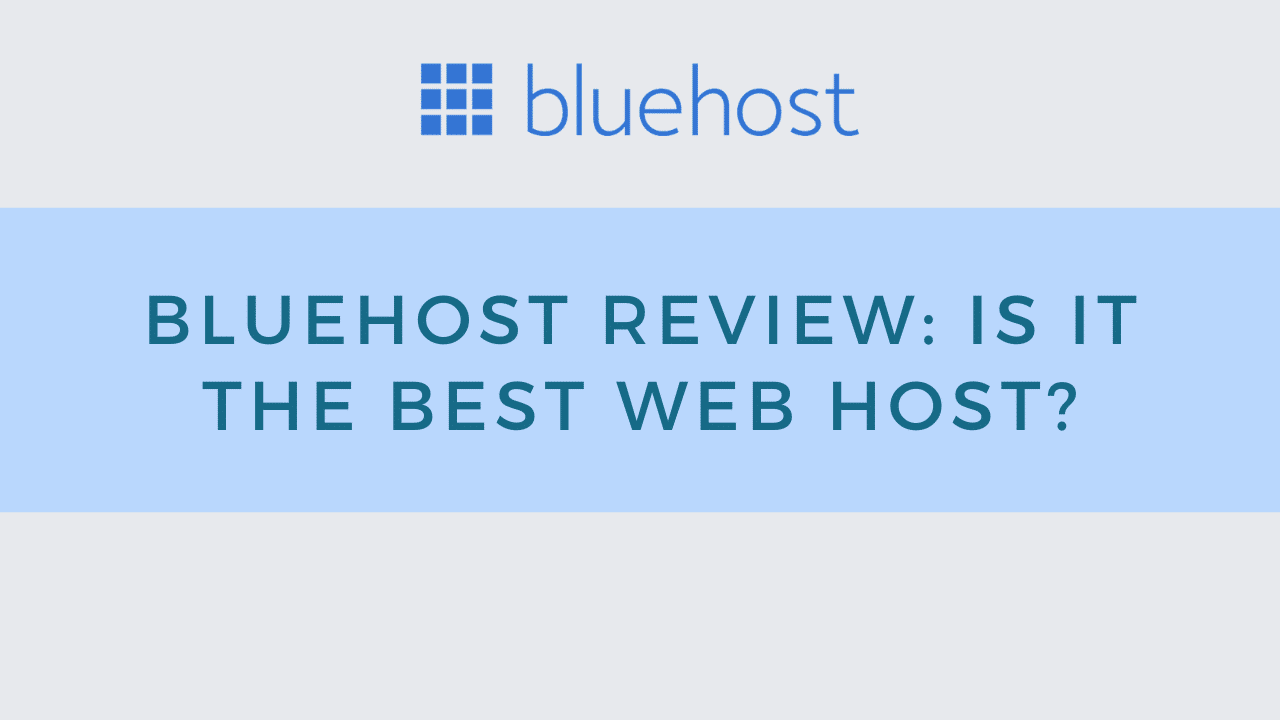Google Ads campaigns and ad groups play a crucial role in online advertising. As businesses strive to reach their target audience and drive valuable website traffic, understanding the differences and similarities between campaigns and ad groups becomes essential. These components form the building blocks of a successful Google Ads strategy, enabling advertisers to manage their ad campaigns and optimize their results effectively.
In this blog post, we will dive into the realm of Google Ads campaigns and ad groups, dissecting their individual significance, exploring their unique features and functionalities, and uncovering their key differences and similarities.
Understanding Google Ads Campaigns
Google Ads campaigns refer to the overarching structure within the Google Ads platform that allows advertisers to organize and manage their online advertising efforts. A campaign represents a specific advertising initiative or objective, such as promoting a product, driving website traffic, or increasing brand awareness.
The primary purpose of a Google Ads campaign is to allocate a budget and create a strategic framework for delivering targeted search ads to the desired audience. By setting up campaigns, advertisers can control various aspects of their advertising, including ad targeting, budgeting, bidding, and ad formats. You also get to see ad rank.
Key Features and Functionality of Google Ads Campaigns
Account Structure
Google Ads campaigns fit within the broader account structure, consisting of multiple campaigns. The account structure allows advertisers to manage and monitor their various advertising initiatives in a systematic manner. Advertisers can create and organize multiple campaigns within an account based on different goals, target audiences, or geographical locations.
Budgeting and Bidding
Setting a budget and bidding strategy is crucial in Google Ads campaigns. Advertisers determine the maximum amount they are willing to spend on a campaign, whether it’s a daily or total budget. Additionally, advertisers need to decide on the bidding strategy, which determines how their ads will compete in the ad auction to achieve desired objectives, such as maximizing clicks or conversions.
Ad Targeting
Advertisers can access various targeting options to reach their desired audience at the campaign level. This includes geographical targeting, where ads can be shown to users in specific locations, demographic targeting, which allows advertisers to target users based on characteristics like age, gender, or income, and audience targeting, which enables advertisers to reach users based on their interests, behaviors, or past interactions.
Ad Formats and Extensions
Google Ads campaigns support a wide range of ad formats and extensions. Ad formats include text ads, display ads, video ads, shopping ads, and app promotion ads, each tailored for different types of advertising goals and platforms. Ad extensions, on the other hand, provide additional information or options alongside the ad, such as call extensions, sitelink extensions, or review extensions, enhancing the visibility and effectiveness of the ads.
Understanding Google Ads Ad Groups
An ad group is a sub-level component within a Google Ads campaign that further organizes and manages the advertising efforts. It is a container that holds a group of related ads, keywords, and targeting settings. Ad groups are directly linked to campaigns and contribute to the overall structure and effectiveness of the advertising strategy.
The primary purpose of an ad group is to group together ads that target specific themes, products, or keywords. By organizing ads into relevant ad groups, advertisers can ensure that their ads are shown to the right audience and align with specific advertising objectives within the campaign.
Key Features and Functionality of Ad Groups
Ad Group Structure
Within a Google Ads campaign, ad groups are organized hierarchically. Multiple ad groups can exist within a single campaign, each focusing on a specific theme, product category, or target audience. Ad groups provide granularity and control in ad management, allowing advertisers to optimize their targeting and messaging based on specific criteria.
Keyword Targeting
Keyword targeting is a crucial aspect of ad groups. Advertisers select relevant keywords that are directly related to the products, services, or topics they want to target. These keywords determine when and where the ads within the ad group will be displayed to users searching for those specific terms. Selecting appropriate keywords helps ensure that ads are shown to relevant and interested audiences.
Ad Copy and Testing
Creating compelling ad copy is essential for driving user engagement and generating clicks. Within an ad group, advertisers create and test different variations of ad copy, including headlines, descriptions, and display URLs. By experimenting with different ad variations, advertisers can optimize their messaging and improve ad performance, ultimately increasing the likelihood of attracting clicks and conversions.
Ad Group Level Settings
Ad groups have specific settings that can be customized to fine-tune the targeting and delivery of ads. These settings include ad scheduling, which allows advertisers to specify the days and times when ads should be shown, and device targeting, which enables advertisers to choose whether their ads are displayed on desktops, mobile devices, or both. These settings provide additional control and flexibility in optimizing ad delivery within the ad group.
Differences between Google Ads Campaigns and Ad Groups
Scope and Hierarchy
Campaigns and ad groups differ in terms of their scope and hierarchy within the Google Ads platform.
- Scope:
- Campaigns have a broader scope and represent the top-level structure within Google Ads. They encompass multiple ad groups and determine a specific advertising initiative’s overall objective and budget allocation.
- Ad groups, on the other hand, have a narrower scope and are sub-components within campaigns. They focus on specific themes, products, or target audiences, containing a set of related ads and keywords.
- Hierarchy:
- Campaigns are positioned above ad groups in the hierarchical structure. They serve as the container or umbrella under which ad groups are organized.
- Ad groups are nested within campaigns and contribute to the implementation of the campaign’s objectives. Ad groups can be further organized and structured based on specific criteria, allowing for better control and optimization.
Objectives and Goals
Campaigns and ad groups serve different objectives and goals within the Google Ads platform.
- Campaign Objectives:
- Campaigns are designed to serve broader advertising objectives, such as increasing brand awareness, driving website traffic, or generating conversions.
- They provide a strategic framework for achieving these objectives, determining the overall targeting, budgeting, bidding, and ad formats for the entire campaign.
- Ad Group Goals:
- Ad groups focus on specific subsets or themes within a campaign and serve narrower goals aligned with the campaign’s objective.
- The primary goal of an ad group is to optimize targeting and relevancy by grouping related ads and keywords together. This helps ensure that the ads are shown to the right audience and enhance the chances of achieving desired user actions.
Budgeting and Control
There are differences in budgeting and control options between campaigns and ad groups.
- Budgeting:
- Campaigns have a budget allocated at the campaign level. This budget determines the overall amount that can be spent on the entire campaign.
- Ad groups do not have separate budgets. Instead, they inherit the budget allocated to the campaign. The budget allocation within the campaign determines how it is distributed among the ad groups.
- Control:
- Campaigns offer higher-level control over settings that apply to the entire campaign, such as campaign-level ad scheduling, location targeting, and bid strategies.
- Ad groups provide more granular control over settings specific to the ad group, such as keyword selection, ad copy variations, and device targeting. Ad groups allow for more targeted optimizations based on the specific characteristics and goals of the ad group.
Similarities between Google Ads Campaigns and Ad Groups
Shared Settings and Parameters
There are common settings and parameters that apply to both campaigns and ad groups within the Google Ads platform.
- Targeting Options – Both campaigns and ad groups offer targeted options to reach specific audiences. This includes geographical, demographic, and audience targeting based on interests or behaviors.
- Language and Location Settings – Advertisers can set language preferences and target specific locations at both the campaign and ad group levels. This ensures that ads are shown to users who speak a particular language or are located in specific regions.
- Ad Rotation and Delivery – Both campaigns and ad groups provide options to control the rotation and delivery of ads. Advertisers can choose between different ad rotation settings, such as optimizing for clicks or evenly distributing impressions, to achieve their advertising goals.
- Conversion Tracking – Conversion tracking is a shared feature that allows advertisers to track and measure specific user actions on their websites or landing pages. It enables them to evaluate the effectiveness of their campaigns and ad groups in driving desired outcomes.
Relationship and Interaction
Campaigns and ad groups have an interdependent relationship and interact with each other in the Google Ads platform.
- Hierarchical Structure – Ad groups are organized within campaigns, forming a hierarchical structure. This structure allows for better organization, management, and optimization of advertising efforts.
- Keyword Relevance – Ad groups are closely tied to keywords selected and associated with specific ad groups. The relevance of keywords within an ad group determines when ads are triggered and shown to users in response to search queries.
- Ad Group-Level Optimization – Advertisers can optimize individual ad groups by testing different ad copy variations, adjusting bid strategies, and monitoring performance metrics. These optimizations at the ad group level contribute to the campaign’s overall success. You can even use negative keywords in your ad campaign.
- Shared Performance Metrics – Performance metrics, such as impressions, clicks, and conversions, are tracked and reported at both the campaign and ad group levels. This allows advertisers to evaluate the performance of their campaigns and ad groups and make data-driven decisions.
Frequently Asked Questions
What is the main difference between a Google Ads campaign and an ad group?
A Google Ads campaign represents the top-level structure within the platform, encompassing multiple ad groups and serving broader advertising objectives. It determines the overall budget allocation, targeting options, and ad formats for a specific advertising initiative. On the other hand, an ad group is a sub-component within a campaign, focusing on specific themes, products, or target audiences. Ad groups contain a set of related ads, keywords, and settings, allowing for more targeted optimizations within the campaign.
How do I decide whether to create a new campaign or ad group?
The decision to create a new campaign or ad group depends on the specificity and control you require for your advertising efforts. If you have distinct advertising goals, target audiences, or budget allocations, it may be beneficial to create a new campaign. This allows you to have separate settings, budgets, and overall strategies. On the other hand, if you want to group related ads and keywords together, optimize targeting for a specific theme, or test different Google Ads variations, creating a new ad group within an existing campaign would be more appropriate.
Can I have multiple ad groups within a single campaign?
Having multiple ad groups within a single campaign is a common practice in Google Ads. Multiple ad groups allow you to segment your targeting, messaging, and optimization strategies based on specific criteria. For example, if you offer different products or services, you can create separate ad groups for each product/service to tailor the messaging and targeting accordingly. This level of granularity enables you to optimize your ads and target different segments within the same overarching campaign.
Conclusion
Whether you’re launching a new advertising initiative, driving website traffic, or increasing brand awareness, make sure to leverage the power of Google Ads campaigns and ad groups. Utilize the appropriate structures, customize settings, and continuously monitor and optimize your advertising efforts to achieve your specific goals. By doing so, you’ll be well on your way to maximizing the potential of your online advertising and reaching your target audience effectively with your Google ads account structure.




